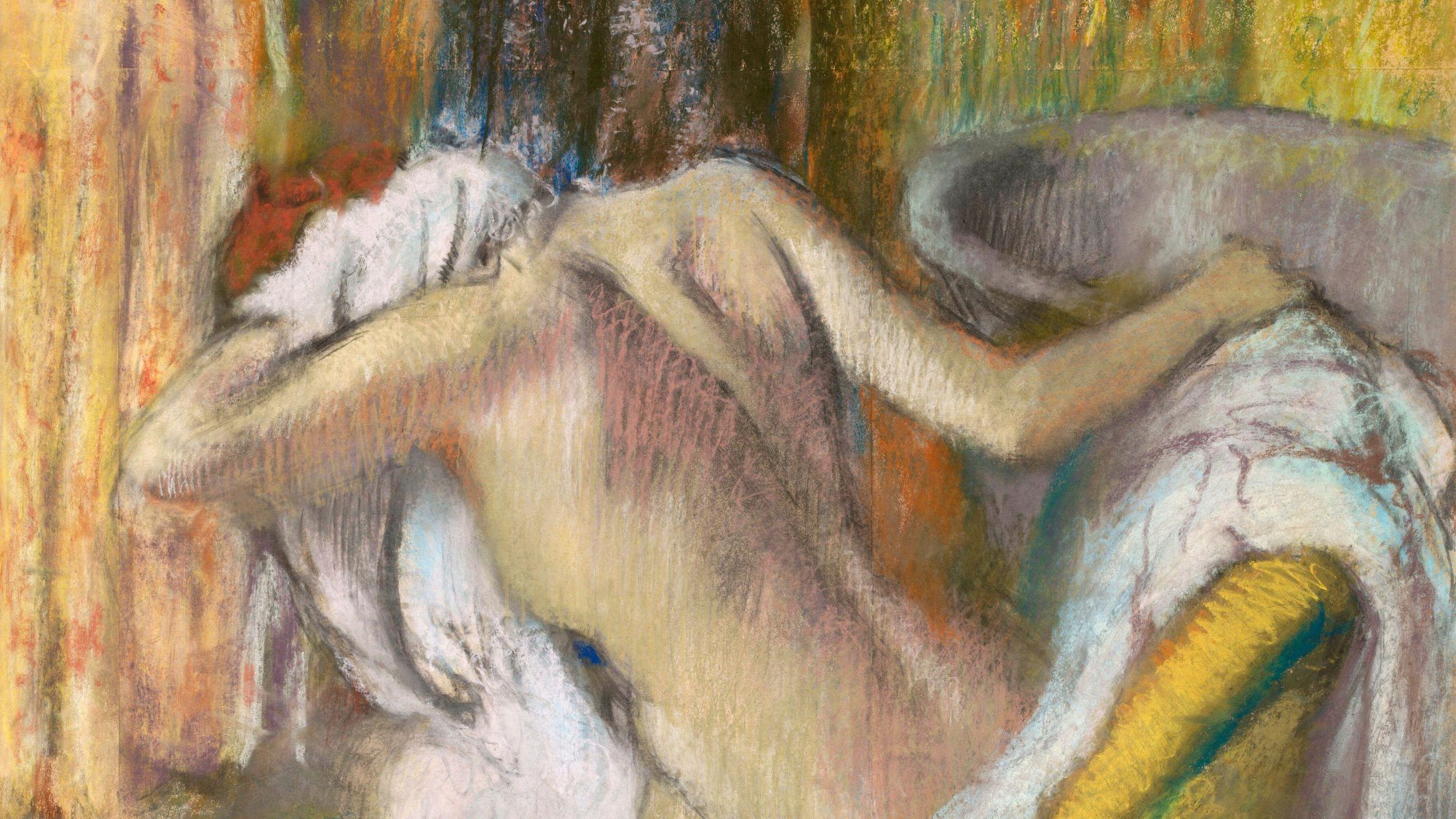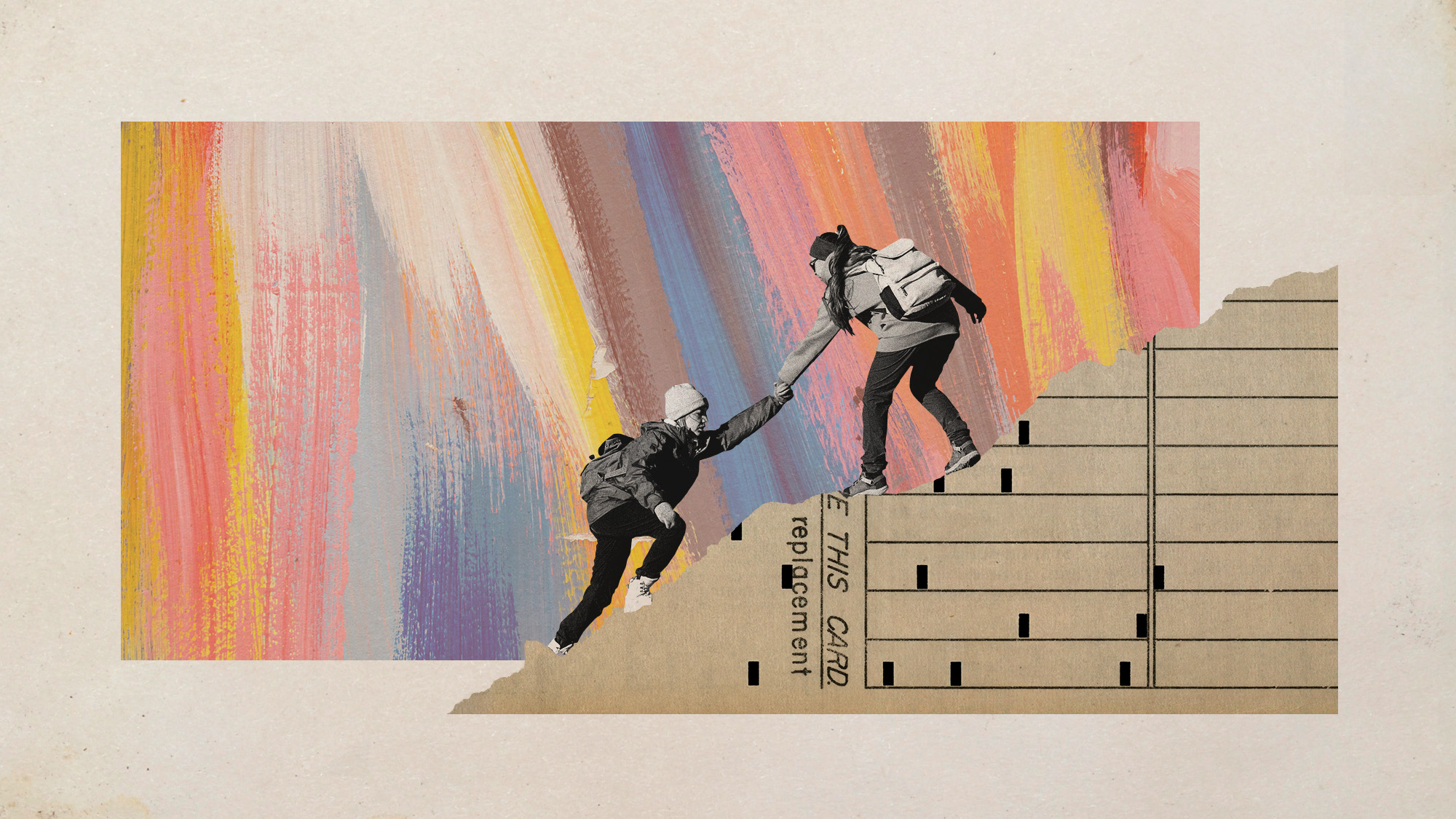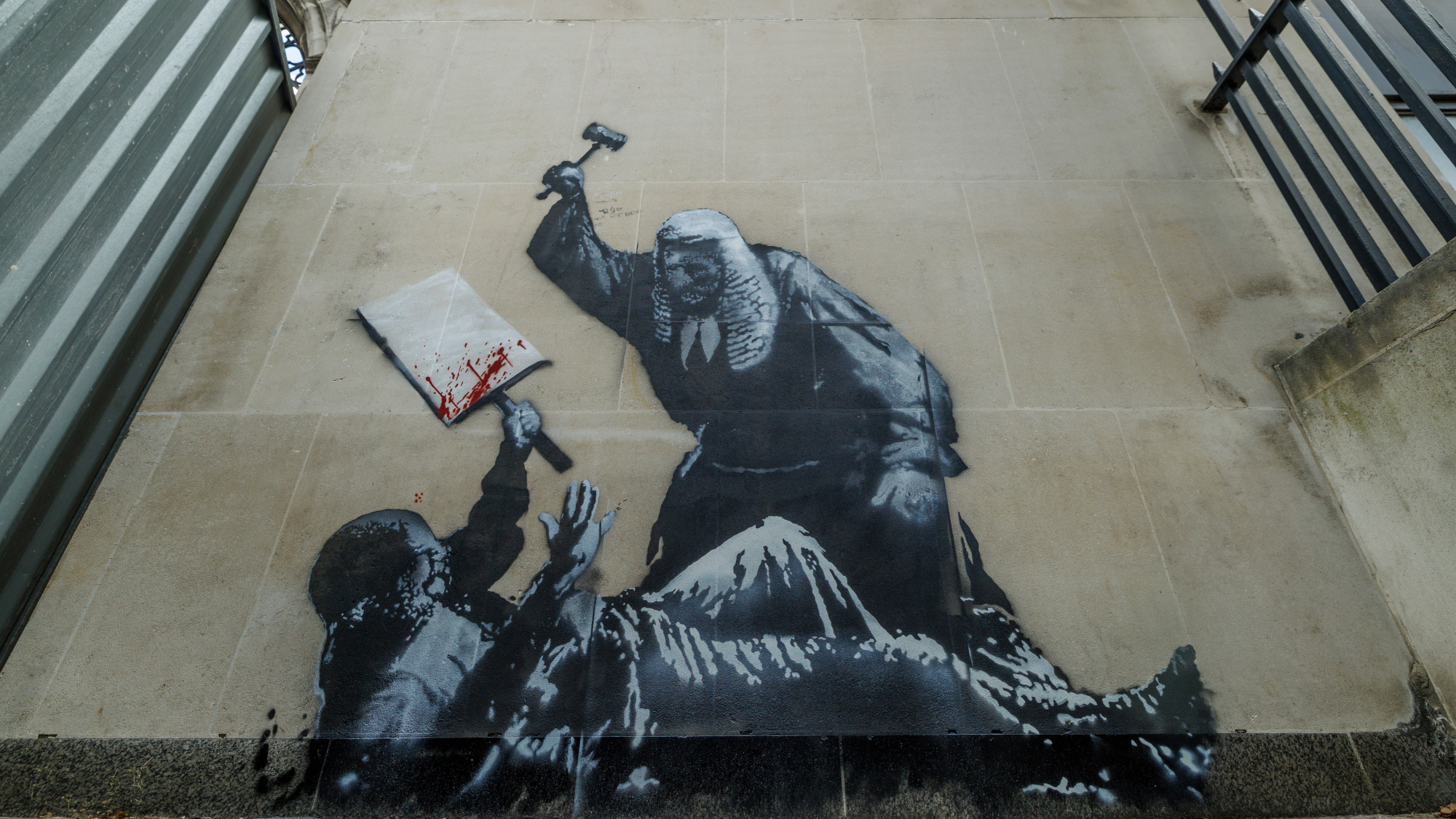Impressionists on Paper: Degas to Toulouse-Lautrec review
The quality on show at the Royal Academy is 'mixed' but the best works are real 'pearls'

"Impressionism – at the Royal Academy? Again?" That was my first thought on hearing about this latest show, said Alastair Sooke in The Daily Telegraph: I feared that its "overfamiliarity" would risk inducing "narcolepsy". But I was wrong. "Impressionists on Paper" puts forward a "neat, clear argument": that in the late 19th century, technical advances allowed good quality paper and paints to be manufactured in quantity. This considerably improved the status of works on paper, hitherto rarely appreciated as anything other than "preparatory" drawings. From here on in, "they came to be viewed on a par, almost, with paintings" – and Paris's artists exploited this to the full. Bringing together pictures by all of the movement's most famous names – the show is subtitled "Degas to Toulouse-Lautrec" – as well as works from lesser-known talents, it shows how the impressionists and those who came in their wake took drawing in new directions, transforming the medium. Containing wonders aplenty, from Manet's "rain-slickened" view of a Parisian street to Odilon Redon's view of "human-headed flowers sprouting surreally from a vase", it adds up to an impressive exhibition "filled with delicious little surprises".
There are a couple of "masterpieces" here, said Jonathan Jones in The Guardian. Van Gogh provides several, including a landscape of Paris's peripheral fortifications, in which he deploys watercolours to turn the sky "a heartbreaking blue"; and an early depiction of a "peasant women with a face like a bereft elf". Just as impressive is Toulouse-Lautrec's "explicit" sketch of a lesbian couple working in a Paris brothel – a "raw yet sensitive" picture that brims with empathy for his subjects. Such highlights aside, the show is short on revelations: Renoir's drawings of women, it turns out, "are just as bland as his paintings"; and even a pair of "dreamlike" Monet views of "surreally shaped seaside cliffs" tell us nothing new about his art. The impressionists "did comparatively little important work on paper. They really were painters or nothing." And this is largely a rather "damp" show.
True, the quality is "mixed", said Jackie Wullschläger in the Financial Times. Yet the best of the works here, by Degas and Cézanne – the period's "supreme innovators" – are real "pearls". The former, represented by 15 drawings, "stuns and dominates": in his "stark" 1869 pastel "Beach at Low Tide", "you can almost feel the damp sand"; the later "After the Bath, Woman Drying Herself" is "a tumble of red hair", "creamy pink towel", and "brilliant yellow chair". Cézanne, meanwhile, creates watercolours that abbreviate and reduce their subject to "translucent washes, white paper left blank as part of the composition". Overall, this is an "enjoyable" exhibition, in which 19th century Paris "comes to us multi-faceted, direct and intimate".
The Week
Escape your echo chamber. Get the facts behind the news, plus analysis from multiple perspectives.

Sign up for The Week's Free Newsletters
From our morning news briefing to a weekly Good News Newsletter, get the best of The Week delivered directly to your inbox.
From our morning news briefing to a weekly Good News Newsletter, get the best of The Week delivered directly to your inbox.
Royal Academy, London W1 (020-7300 8090, royalacademy.org.uk). Until 10 March 2024
Sign up to The Week's Arts & Life newsletter for reviews and recommendations.
A free daily email with the biggest news stories of the day – and the best features from TheWeek.com
-
 Prickly pear juice recipe
Prickly pear juice recipeThe Week Recommends Jewel-toned, natural juice is a thirst-quenching treat
-
 The truth about vitamin supplements
The truth about vitamin supplementsThe Explainer UK industry worth £559 million but scientific evidence of health benefits is ‘complicated’
-
 Is convenience culture killing community?
Is convenience culture killing community?In The Spotlight A decline in emotional intelligence could be responsible for a diminished sense of belonging
-
 13 Gen Z workplace terms and phrases
13 Gen Z workplace terms and phrasesin depth From ‘quiet firing’ to ‘resenteeism,’ there are clues about why employers and employees in America are having such a sad time
-
 The best food books of 2025
The best food books of 2025The Week Recommends From mouthwatering recipes to insightful essays, these colourful books will both inspire and entertain
-
 Art that made the news in 2025
Art that made the news in 2025The Explainer From a short-lived Banksy mural to an Egyptian statue dating back three millennia
-
 Nine best TV shows of the year
Nine best TV shows of the yearThe Week Recommends From Adolescence to Amandaland
-
 Winter holidays in the snow and sun
Winter holidays in the snow and sunThe Week Recommends Escape the dark, cold days with the perfect getaway
-
 Let these comedians help you laugh your way through winter
Let these comedians help you laugh your way through winterThe Week Recommends Get some laughs from Nate Bargatze, Josh Johnson and more
-
 The best homes of the year
The best homes of the yearFeature Featuring a former helicopter engine repair workshop in Washington, D.C. and high-rise living in San Francisco
-
 Critics’ choice: The year’s top 10 movies
Critics’ choice: The year’s top 10 moviesFeature ‘One Battle After Another’ and ‘It Was Just an Accident’ stand out